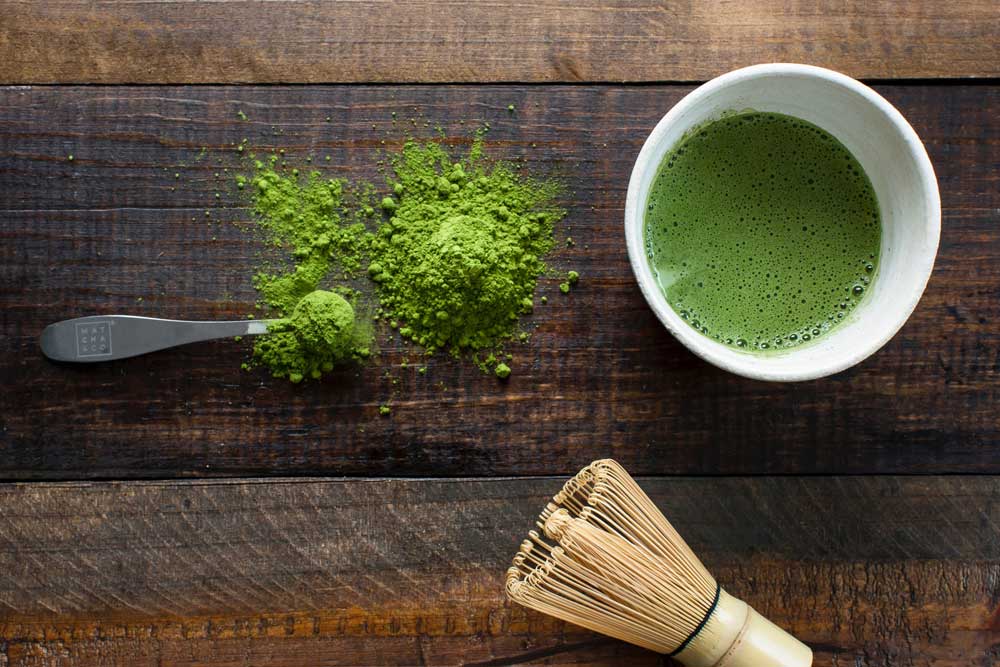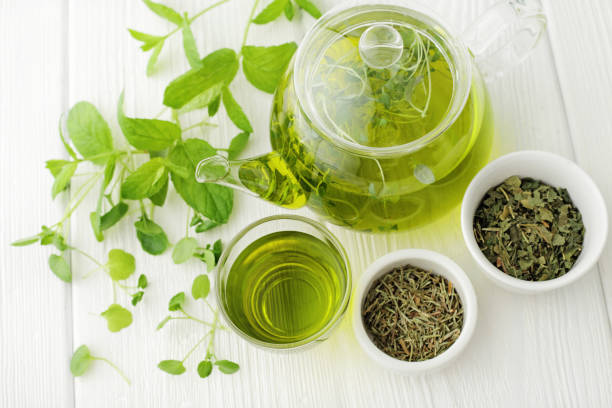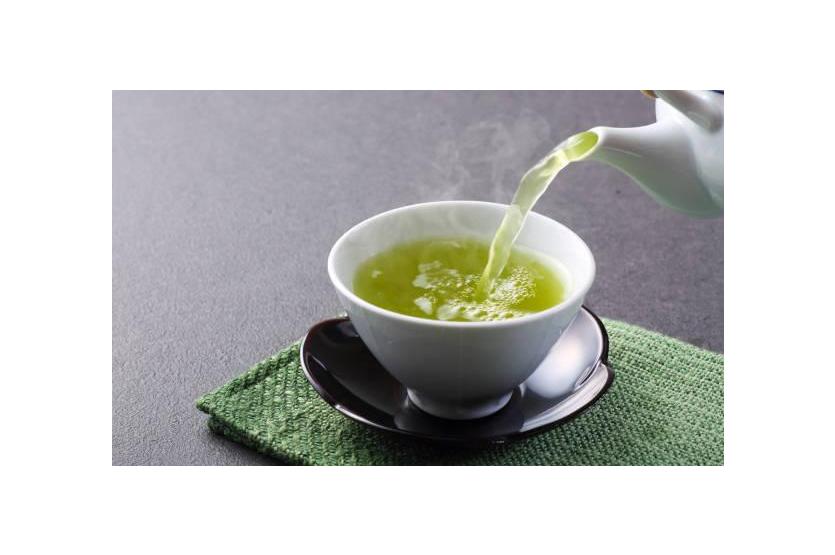When you think of Japan, many things come to our mind. Japan has given the world a lip-smacking cuisine, soulful music, attention-grabbing anime, and even beauty secrets that women swear by. Another important gift from Japan to mankind is their Tea or Cha, as it is called in Japanese.
Types of Green Teas From Japan
Tea Lovers Rejoice! There are many types of teas that come from Japan. Among those there, more than 25 types of Green tea one can choose from depending on the strength and taste required. We have compiled a list of some of the most famous green teas from Japan for different occasions and moods. Also, a little experimentation with different teas could be fun.
Konacha Tea
This tea is most commonly seen at sushi restaurants. It is made from leftover combined tea dust from other teas. It has a strong color, flavor, and aroma. It is also ideal when you are cooking where tea is a part of the ingredient.
Sencha Tea
This is the most classic type of Japanese green tea. It is light green in color. The tea leaves are flushed more than once depending on what quality is targeted. Flushing in this context means the picking of tea leaves as they season. First season tea is high in nutrients as compared to the second one as they have less time to grow.
Matcha Tea

Fresh green tea leaves are grounded to make bright green powder. Known for its full-bodied flavor of taste, the powder is also used for flavoring several desserts. This green tea is high in antioxidants and has several health benefits. Many alternative therapies use Matcha tea for healing.
Fukamushicha Tea
The tea leaves for this kind of tea are steamed longer than other teas. The leaver becomes rather withered and brings a dark color to it. Though it has a very rich appearance, this taste is sweet and gentle and one can drink as many cups as they like.
Kukicha Tea
This type of tea is prepared by using twigs and stems of black and green tea plants. It has a lower level of caffeine and contains many natural nutrients. This makes it a good choice for tea even before bedtime as it will not hamper your sleep. In fact, it will aid digestion which will make you sleep more soundly.
Gyokuro Tea
A reed screen or Sudare as it is called in Japanese is used to cover the tea bushes which results in dark green leaves when it is dried. It is high in caffeine and stimulates the brain and nervous system. It is ideal to drink this tea in the morning or early afternoon. It also provides a good source of chlorophyll which promotes healthy skin.
Hojicha Tea
This tea dates back to over 100 years. It is known for its good effects of calming your mind and bringing down cholesterol levels. Thereby it helps in preventing the risk of heart disease. As the tea leaves are roasted, this tea can be enjoyed by coffee drinkers who are looking for an alternative with low caffeine value.
Genmaicha Tea
This tea is famous not for its tea leaves but rather what is added to the tea leaves. Roasted or popped rice is mixed with tea leaves to make this tea. So expect a unique flavor and aroma from this tea. The lovers of green tea should not miss this one!
The Perfect Japanese Green Tea Brew
The most common tea that comes from Japan is green tea. In Japan, it is a common drink, so much that you can buy it in bottles at almost all convenience stores. There are even vending machines for it. Its health benefits are well known to all. There are a few points to remember to make the perfect cup of Japanese tea.
The first thing you will need for a perfect brew is the Japanese Teapot or Kyusu. This is a small teapot with a handle. So what’s so different about it? It’s a special Japanese cast iron teapot that makes use of all tea leaves to provide the strongest concentrated flavor of the tea in the final pour. It has a second mesh within which means you can directly pour the final brew into your teacup without a strainer.
Correct preservation of tea leaves is important as like most tea, this too will expire quickly when exposed to oxygen and humidity. To make sure your tea remains fresh, it is advised to
keep your tea in an air-tight jar and in a dark place. If you want to preserve it for longer then you can also keep it tightly packed in your fridge or freezer.
More Than A Cup Of Green Tea

Green tea is known for its health benefits. However, there are many uses of the Japanese Green tea leaves even after they have been used. Go on, take a look and you will be as surprised as us.
- Dried tea leaves can be used to burn as incense.
- It creates a calming deodorizing effect. It eliminates bad odors and makes your house smell fresh.
- Dried Tea leaves can be out in your shoes to remove bad odors. Also, odors on cooking equipment can be released by wiping them with damp tea leaves.
- Wiping steel cutlery or other surfaces with used tea leaves can give it an anti-rusting property. It can be used to gargle as it has an antiseptic effect.
- The Bioflavonoids present in this tea can keep your teeth and gum healthy.
- It can be used as an astringent for your face to get healthy and beautiful skin.
- DIY wipes made with Japanese green tea can be used on babies as a more natural way of moisturizing their skin.
The Japanese green tea has brought with itself many benefits. By extending its methods of cultivation and adding more medical values to its teas, The Japanese green tea has enhanced the very value tea brings with itself.
